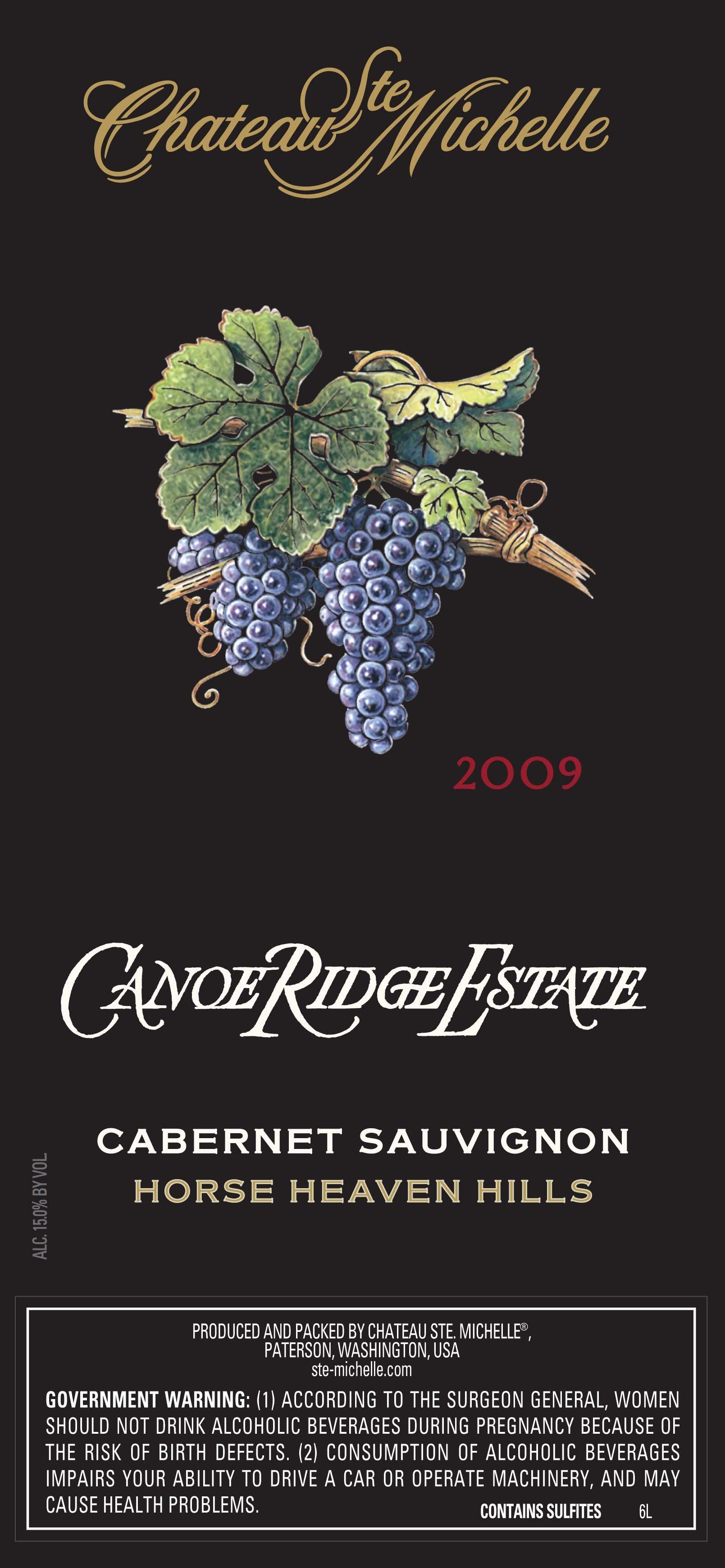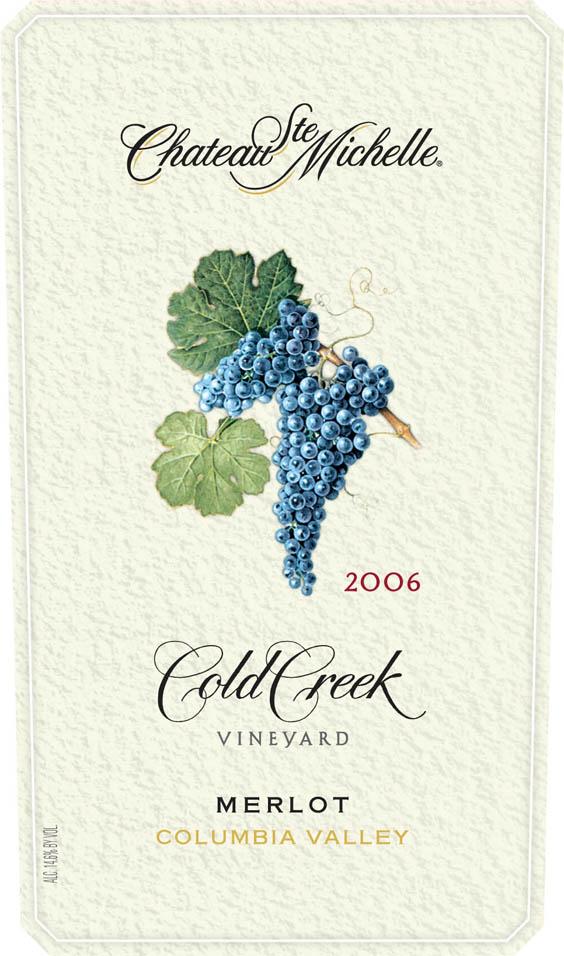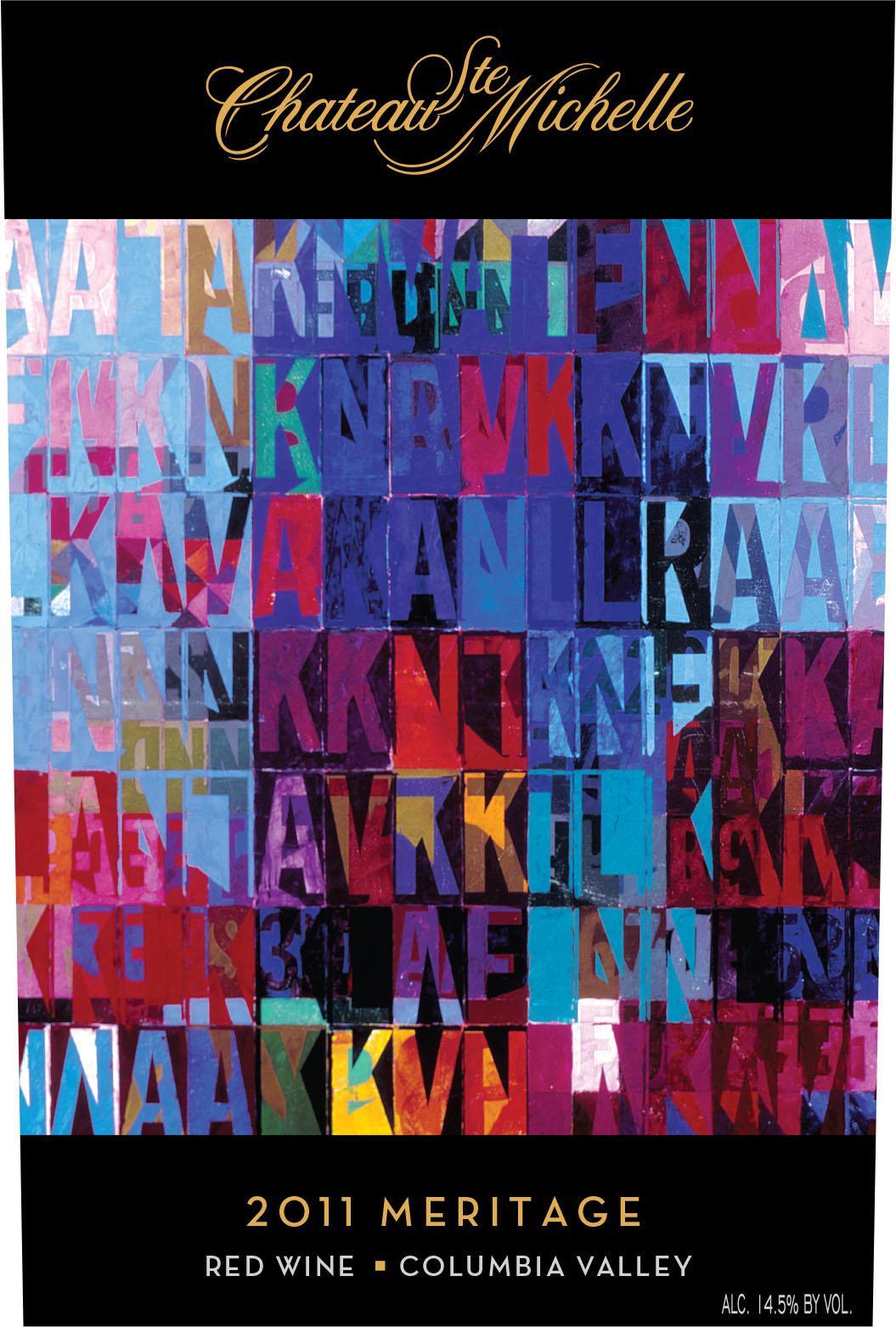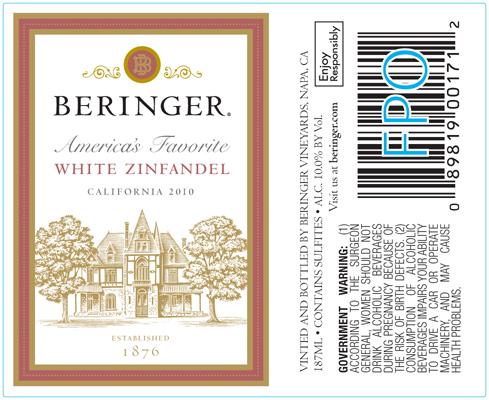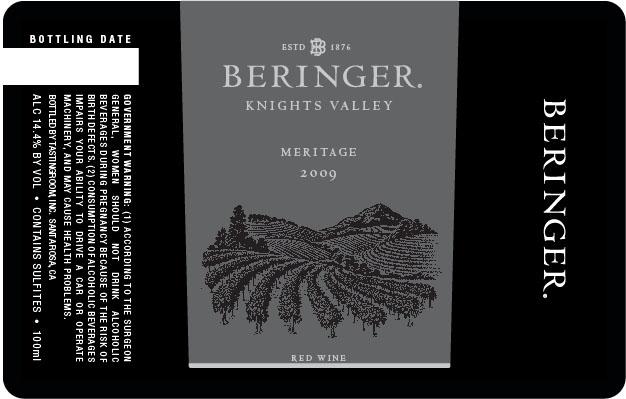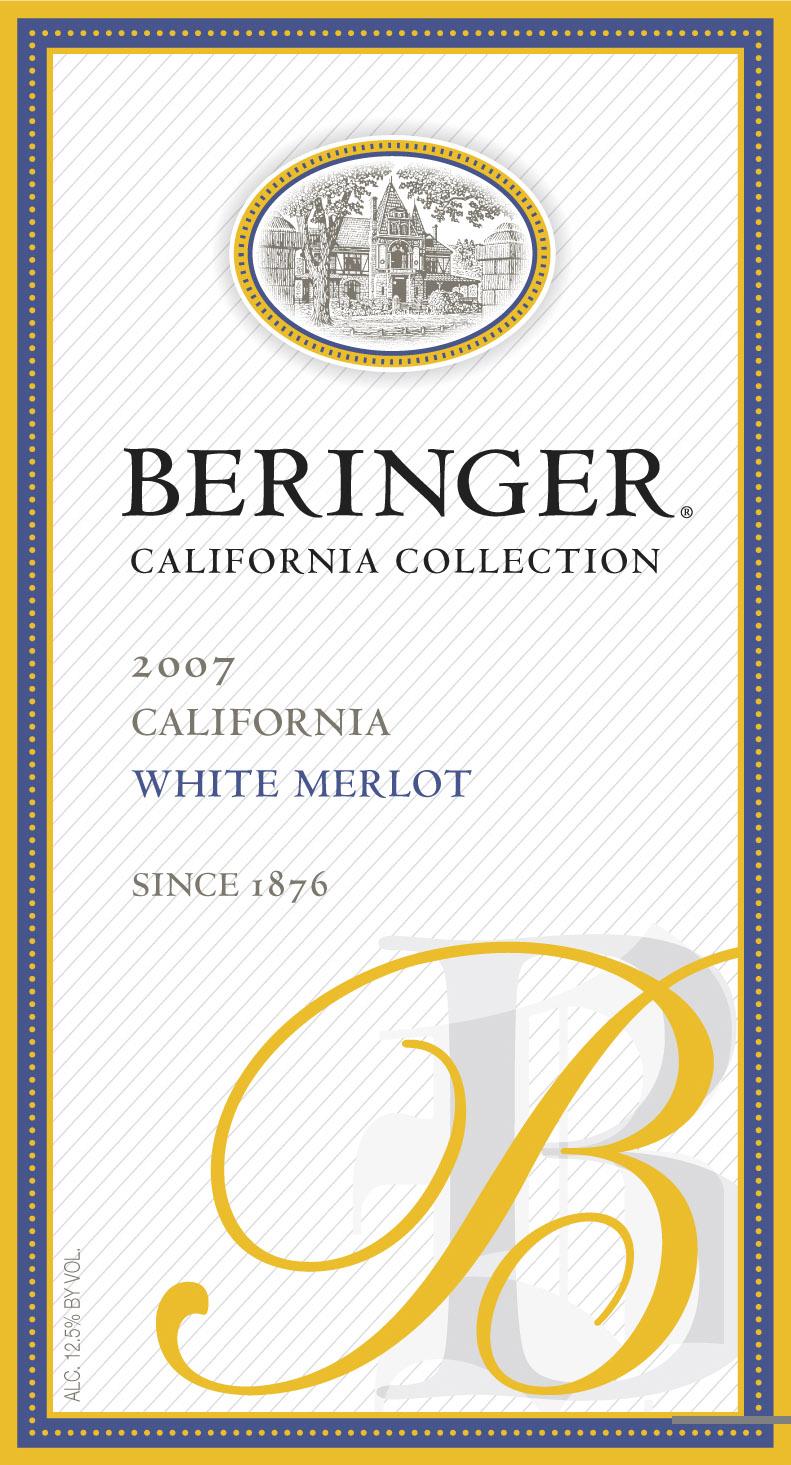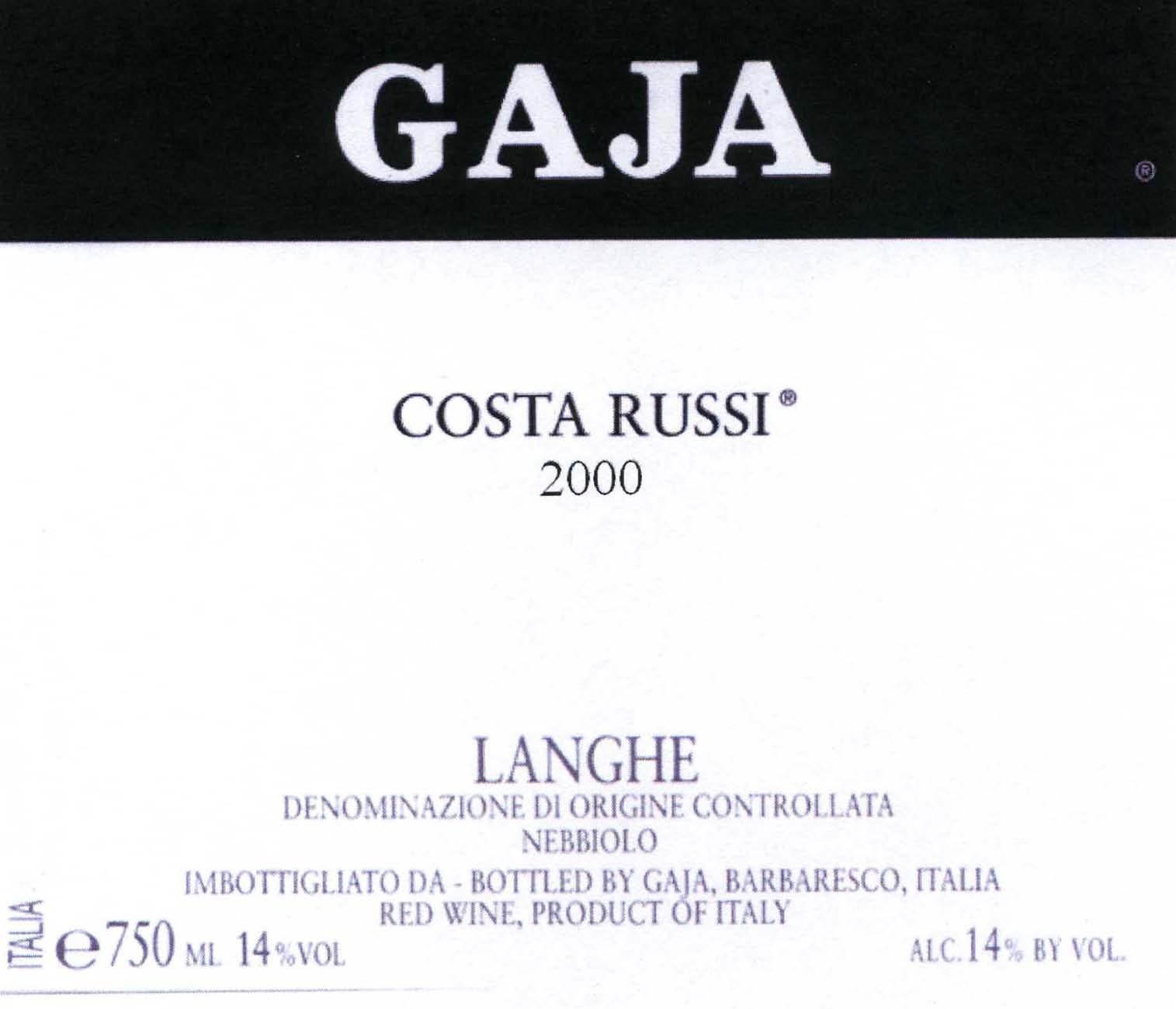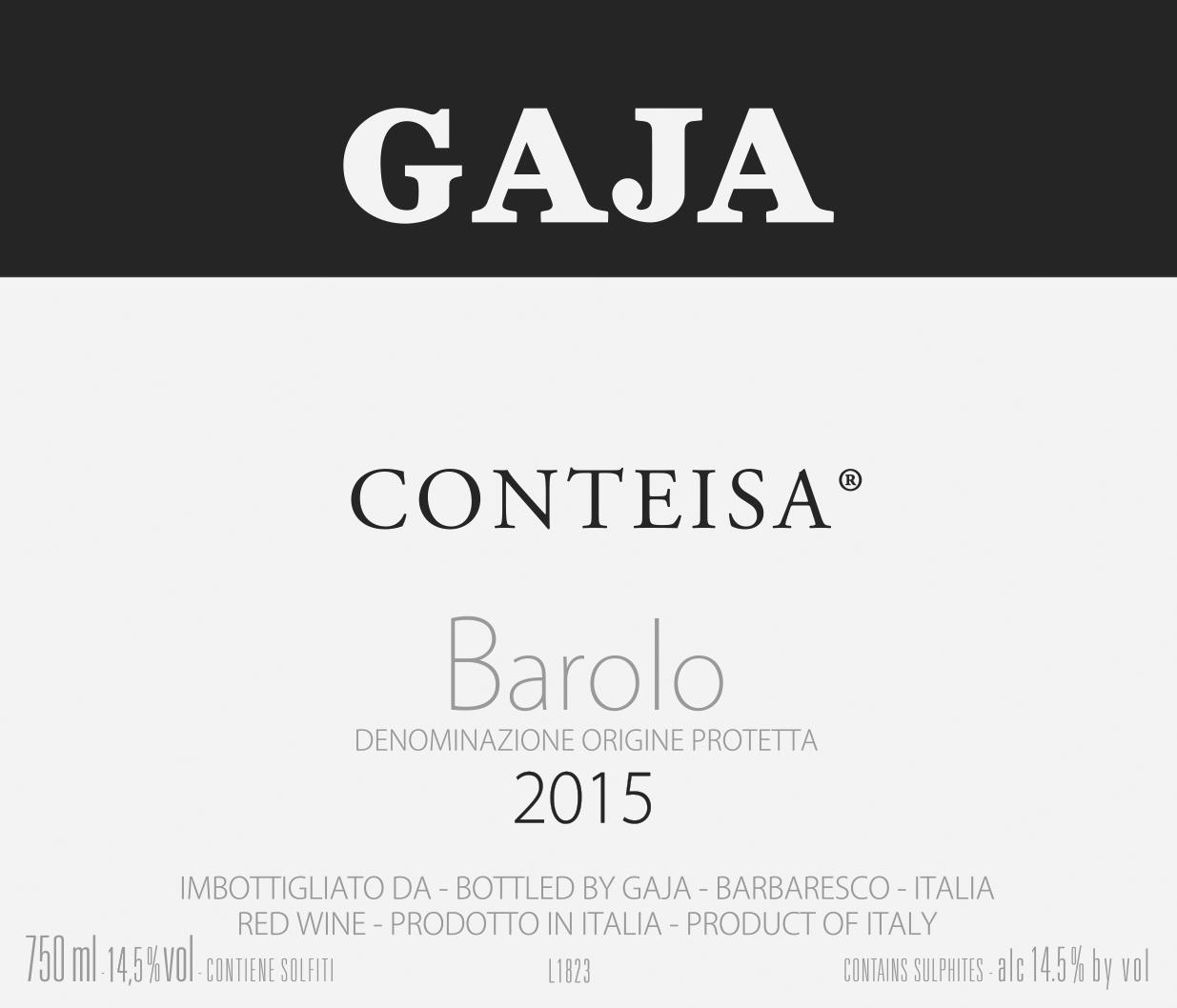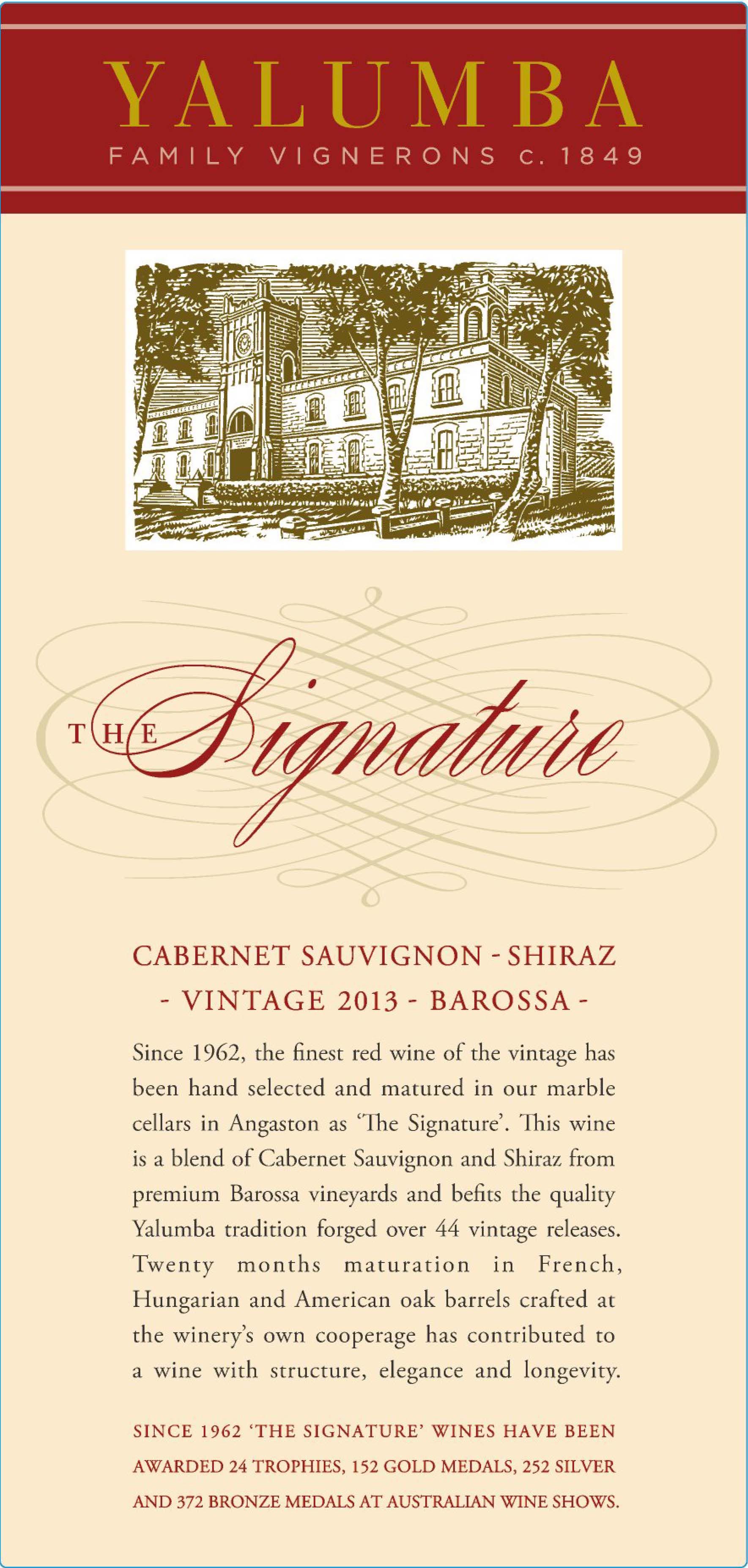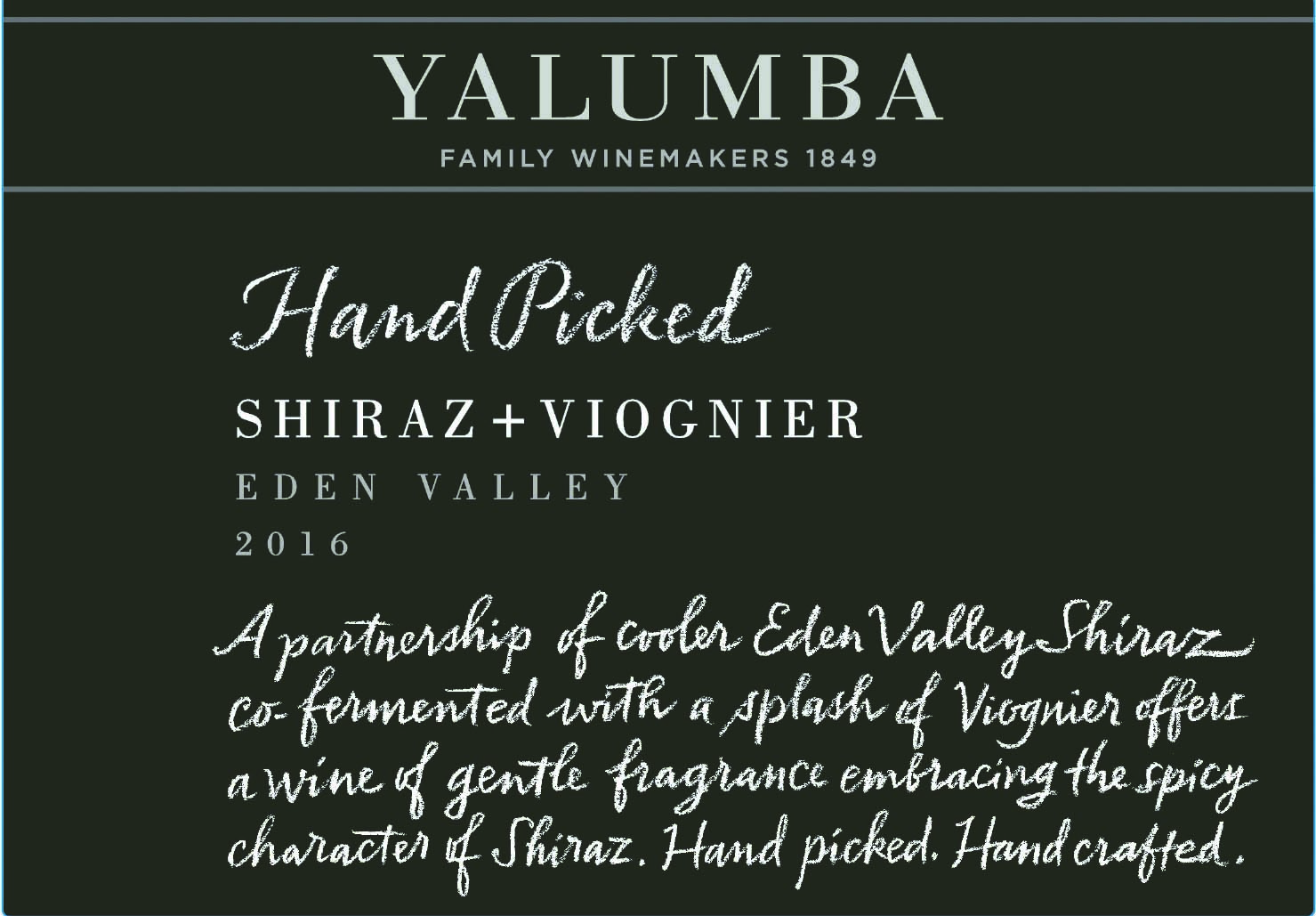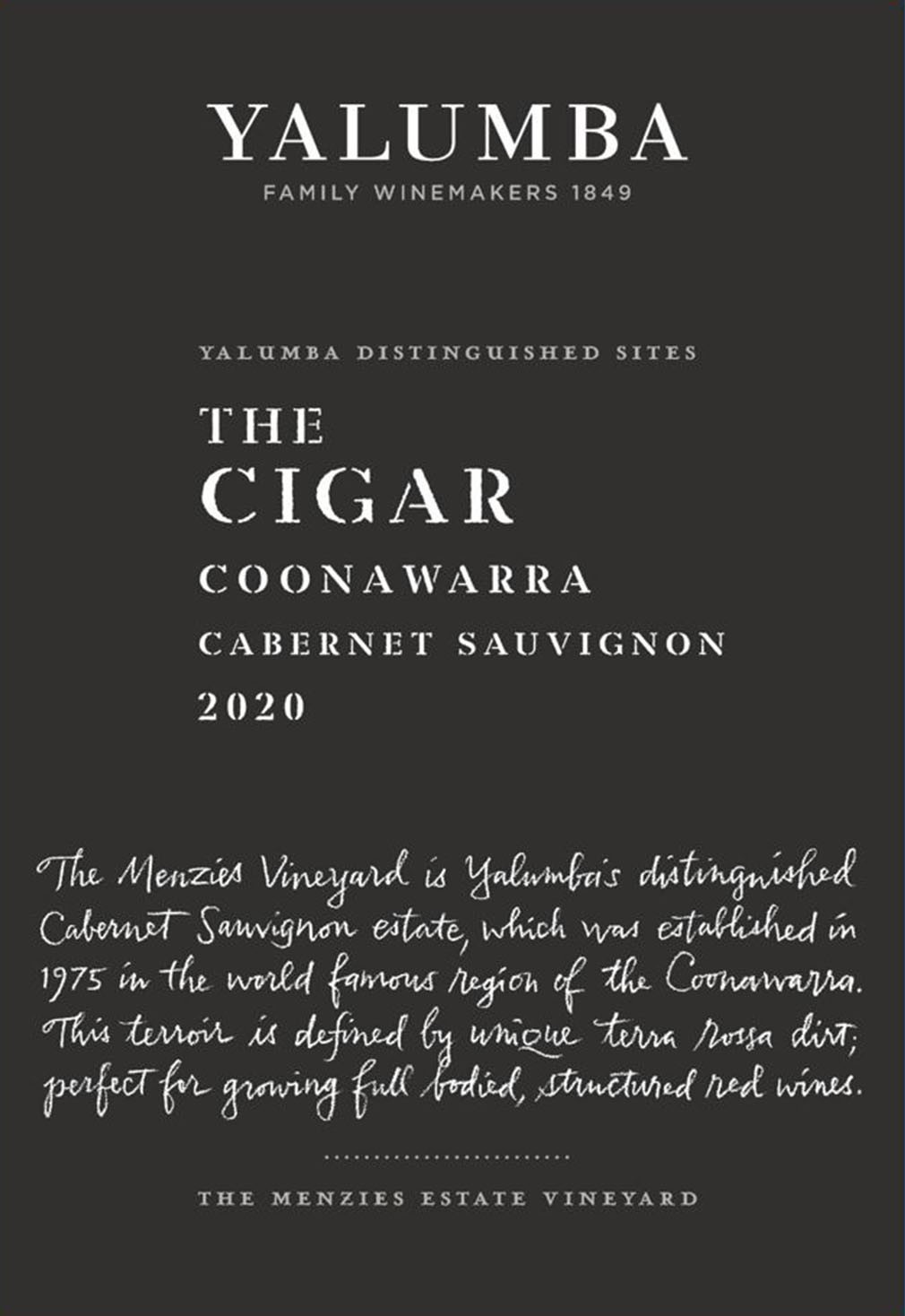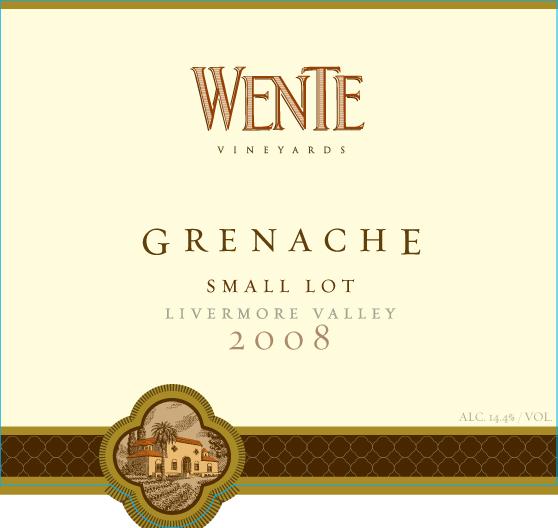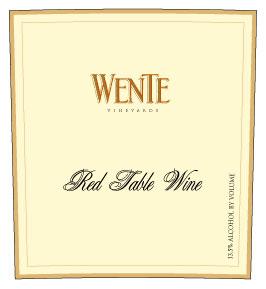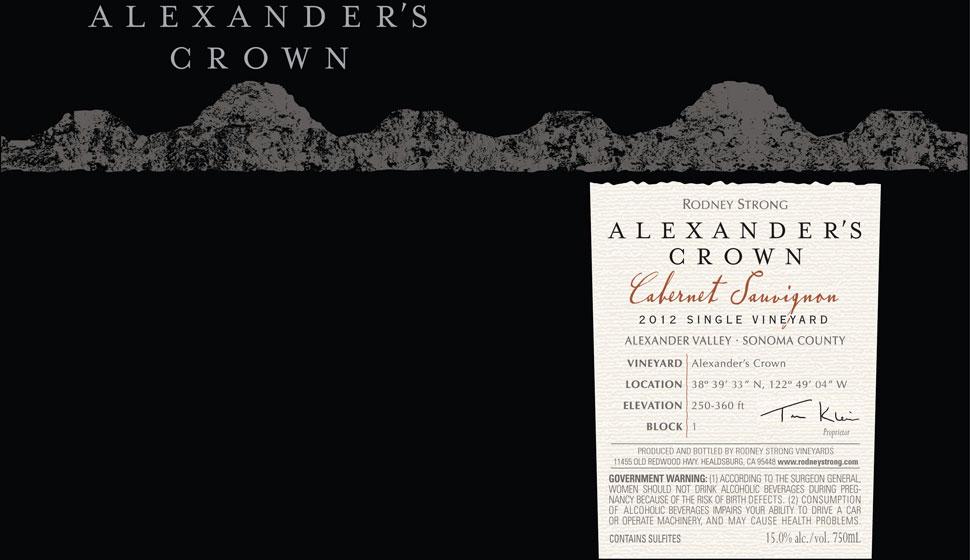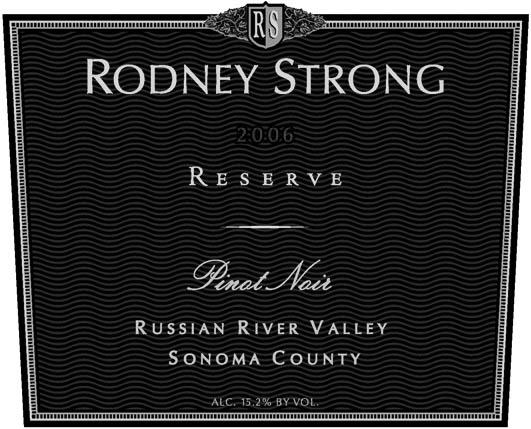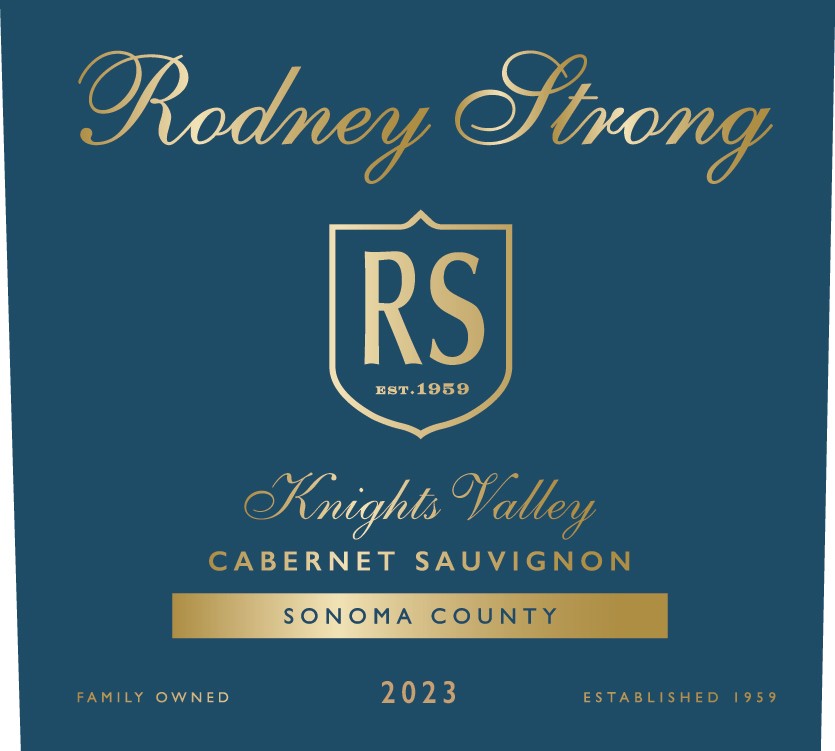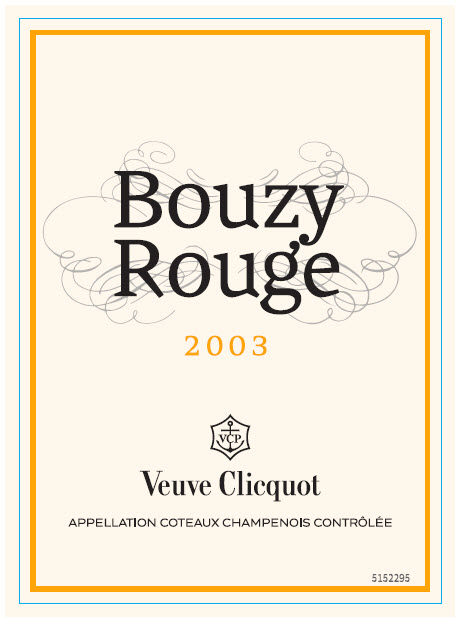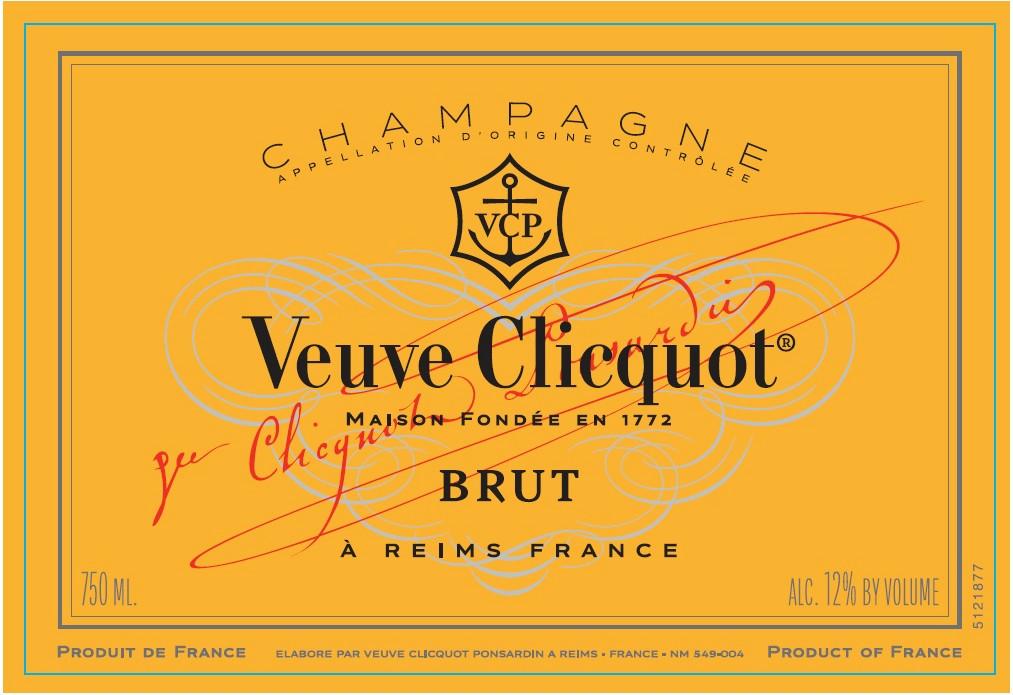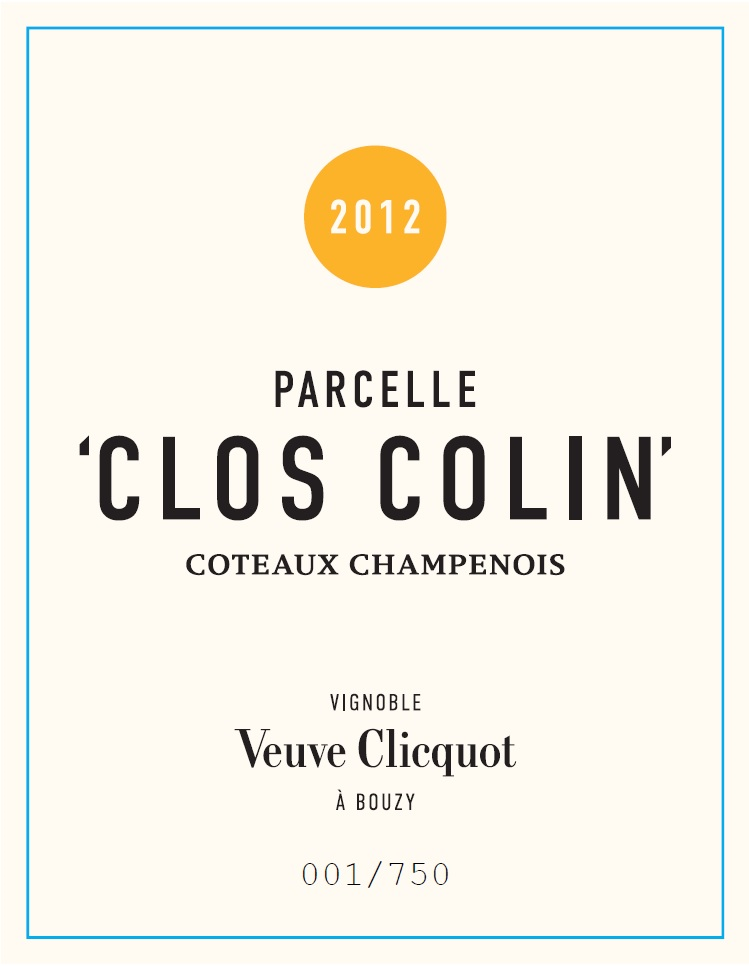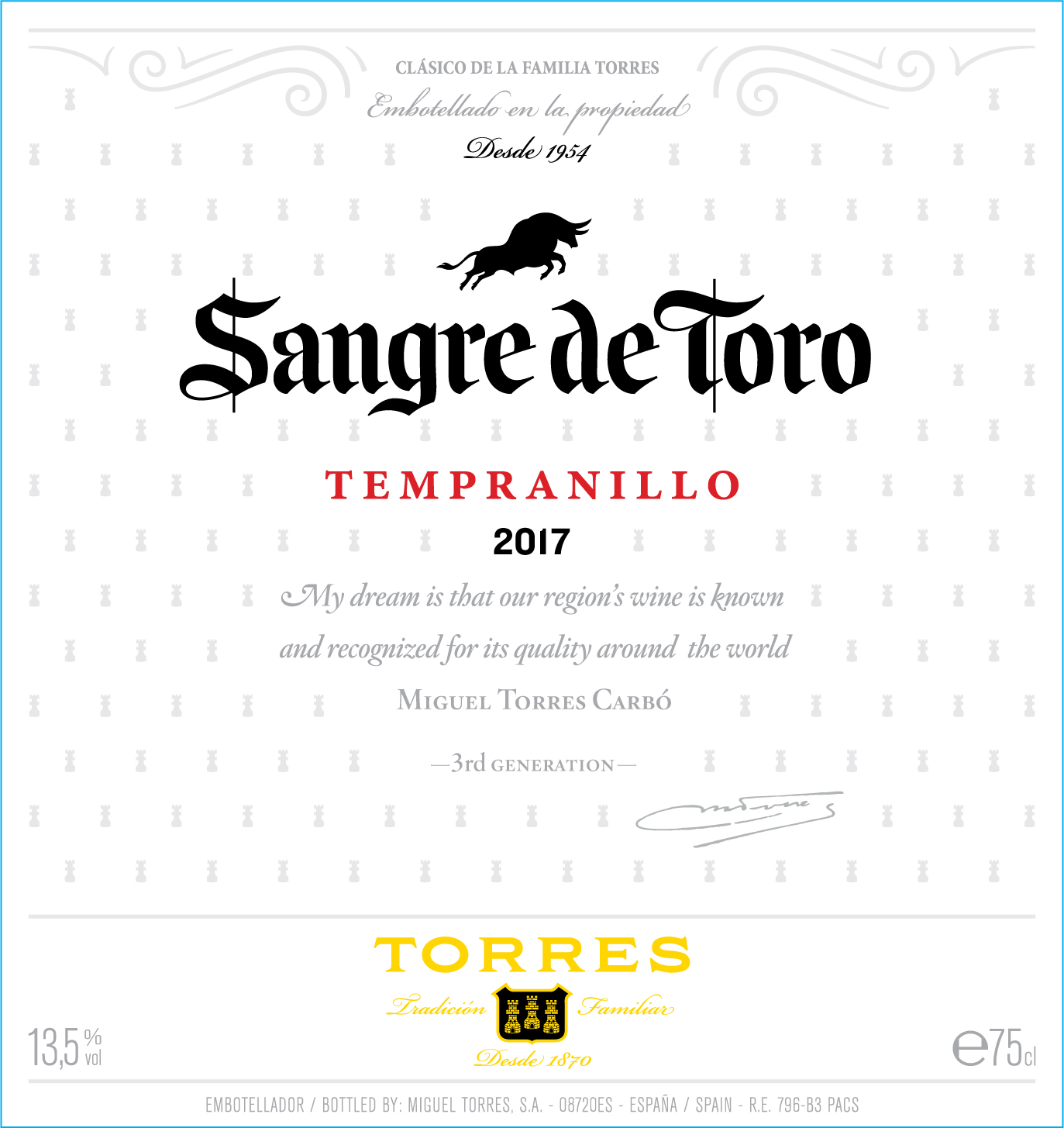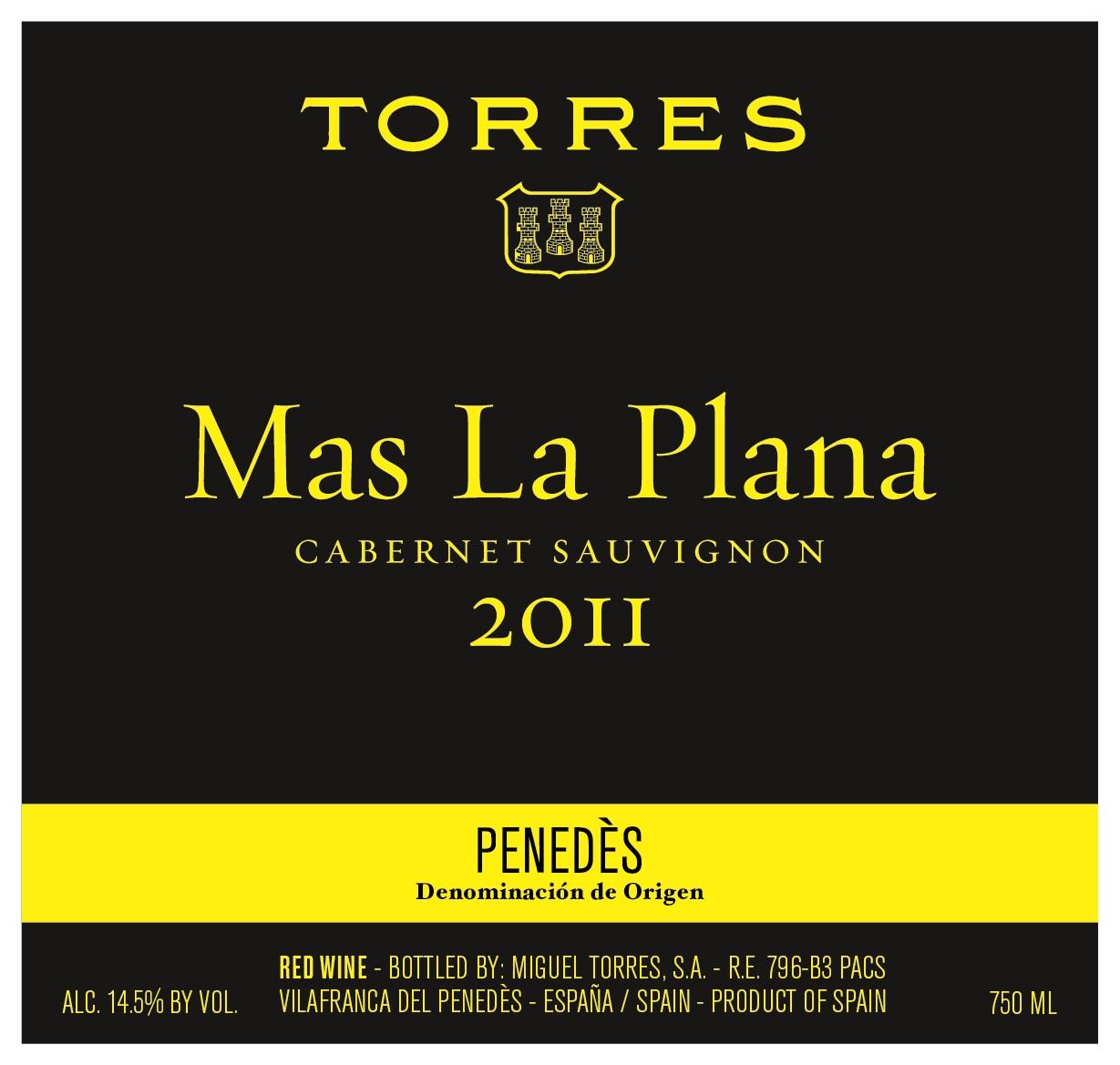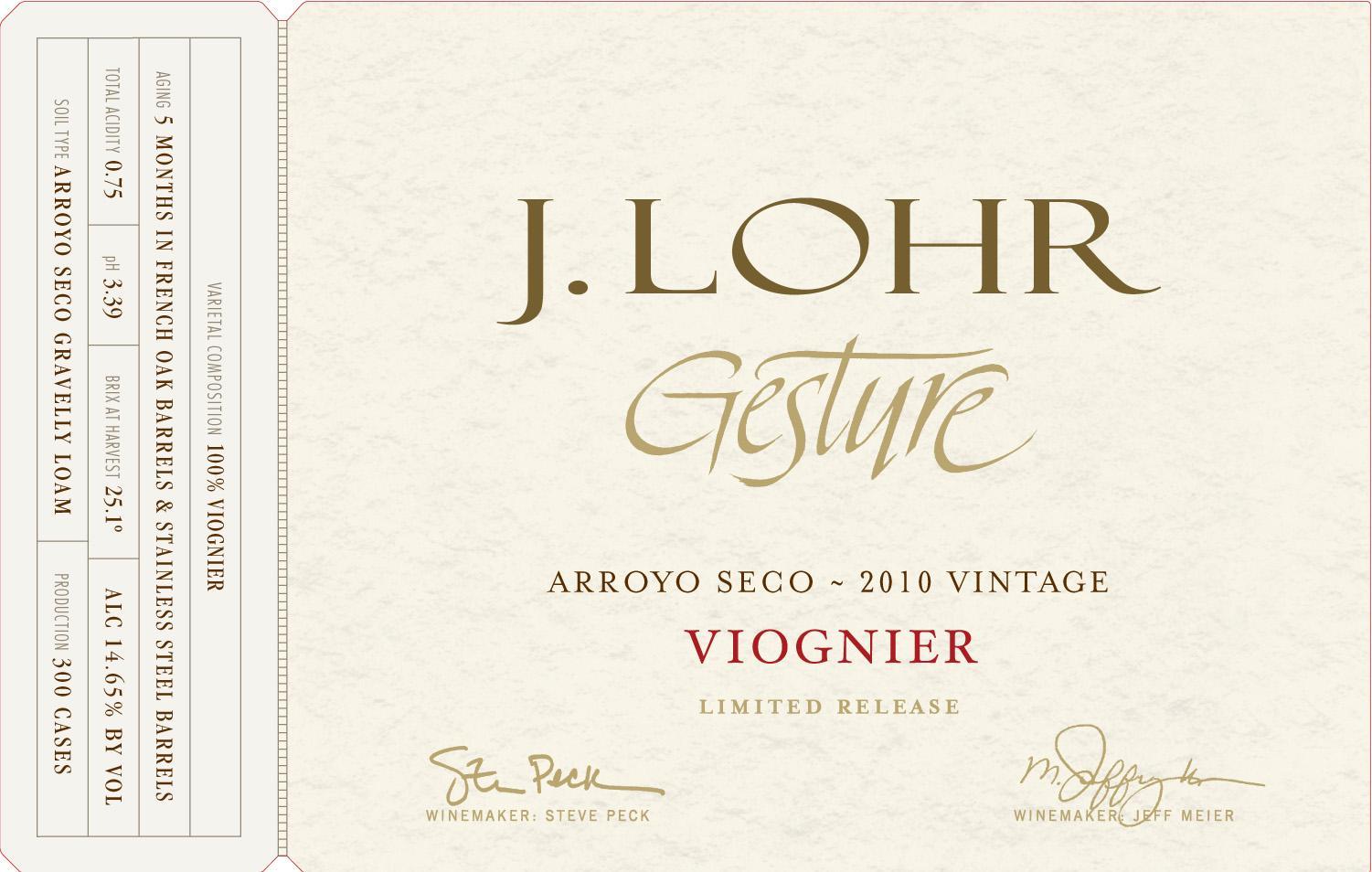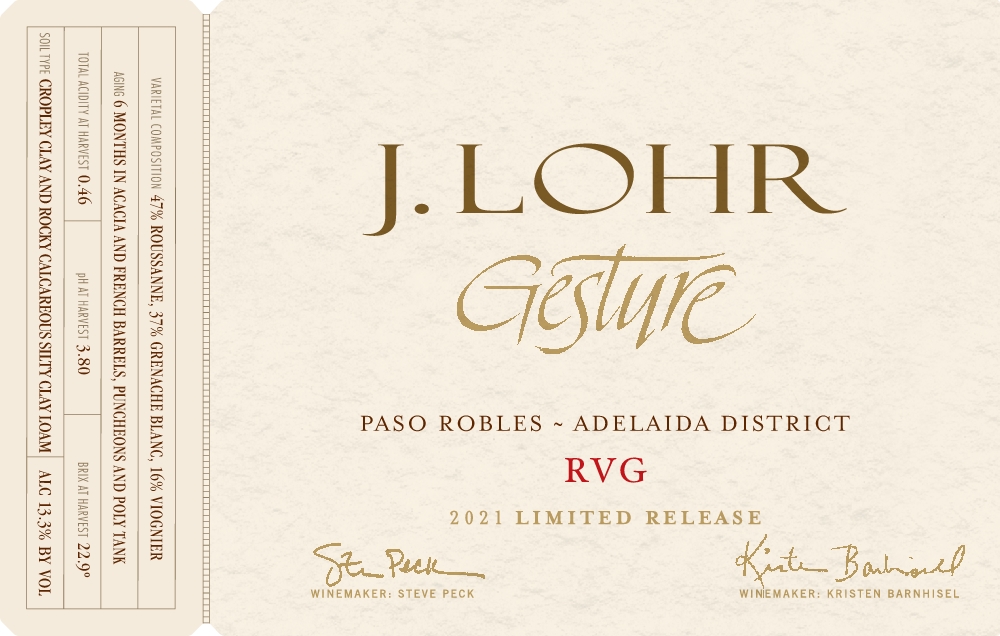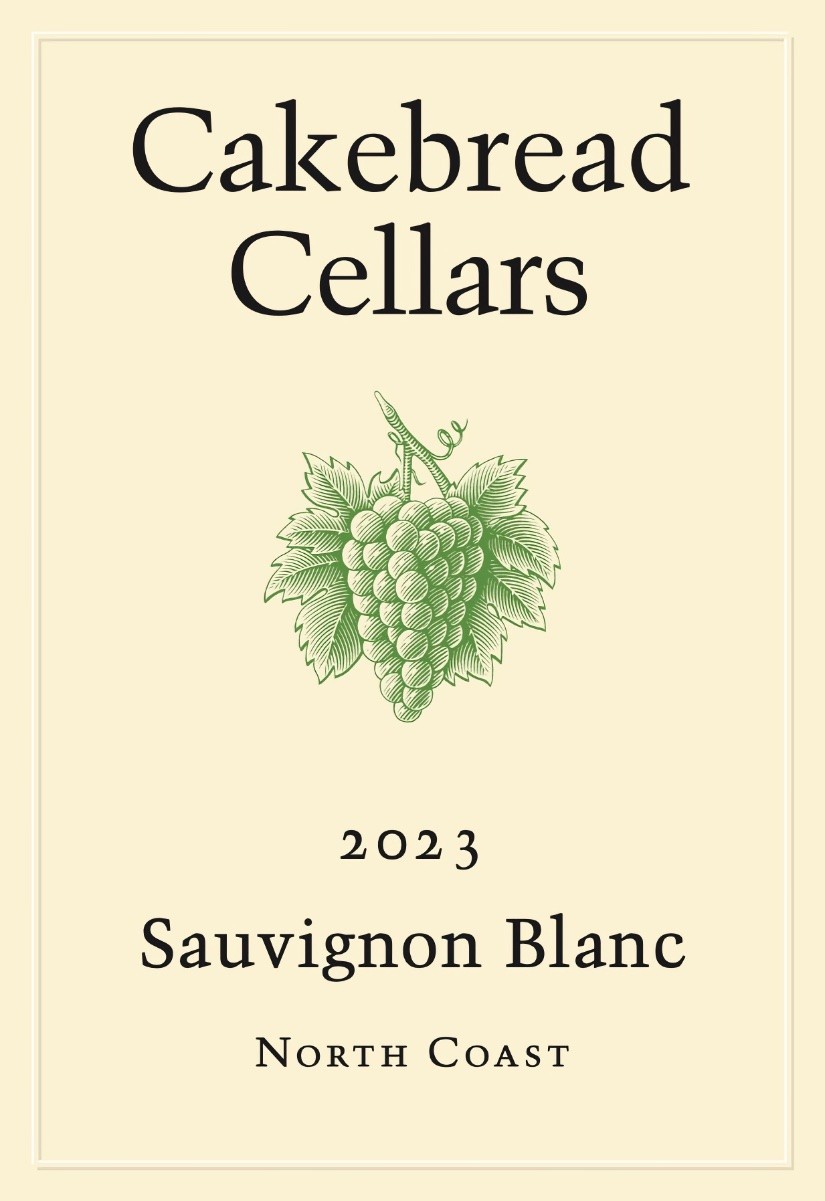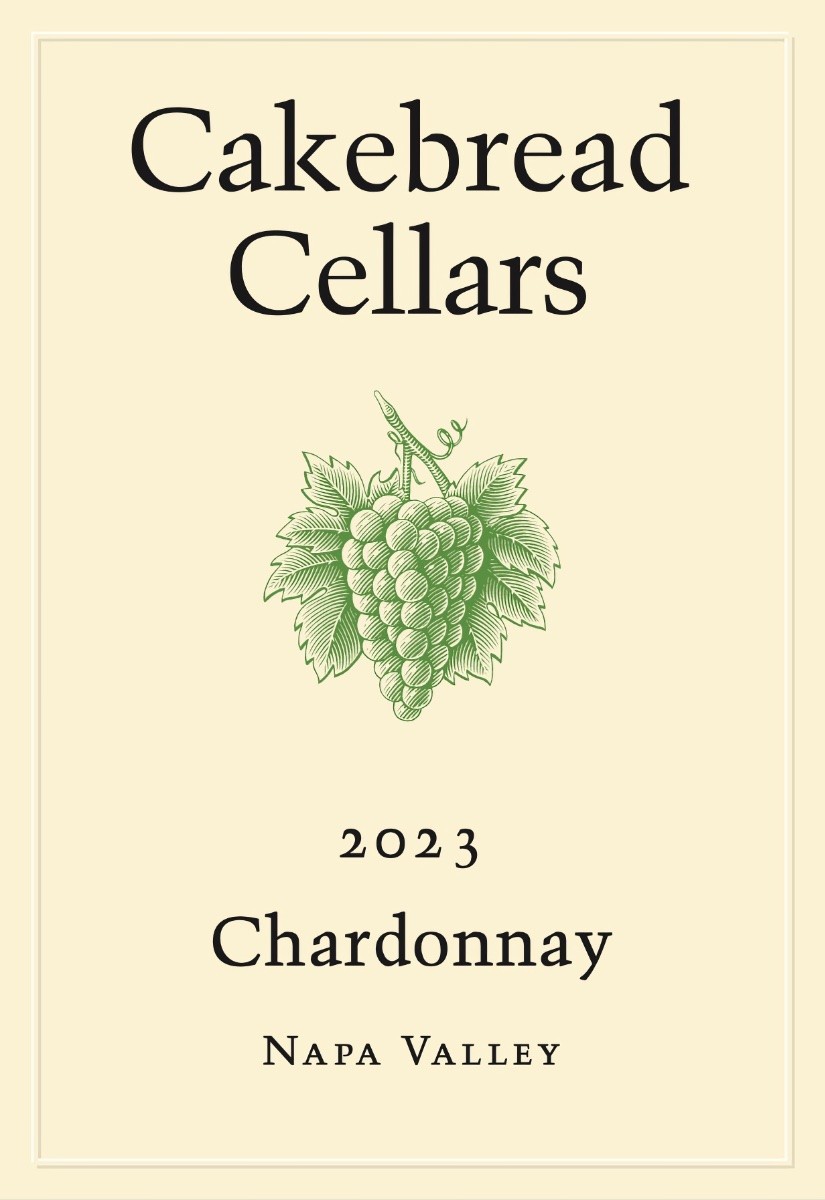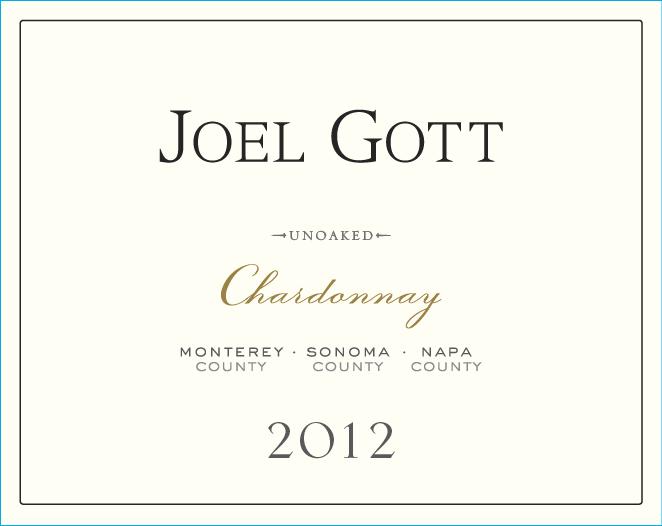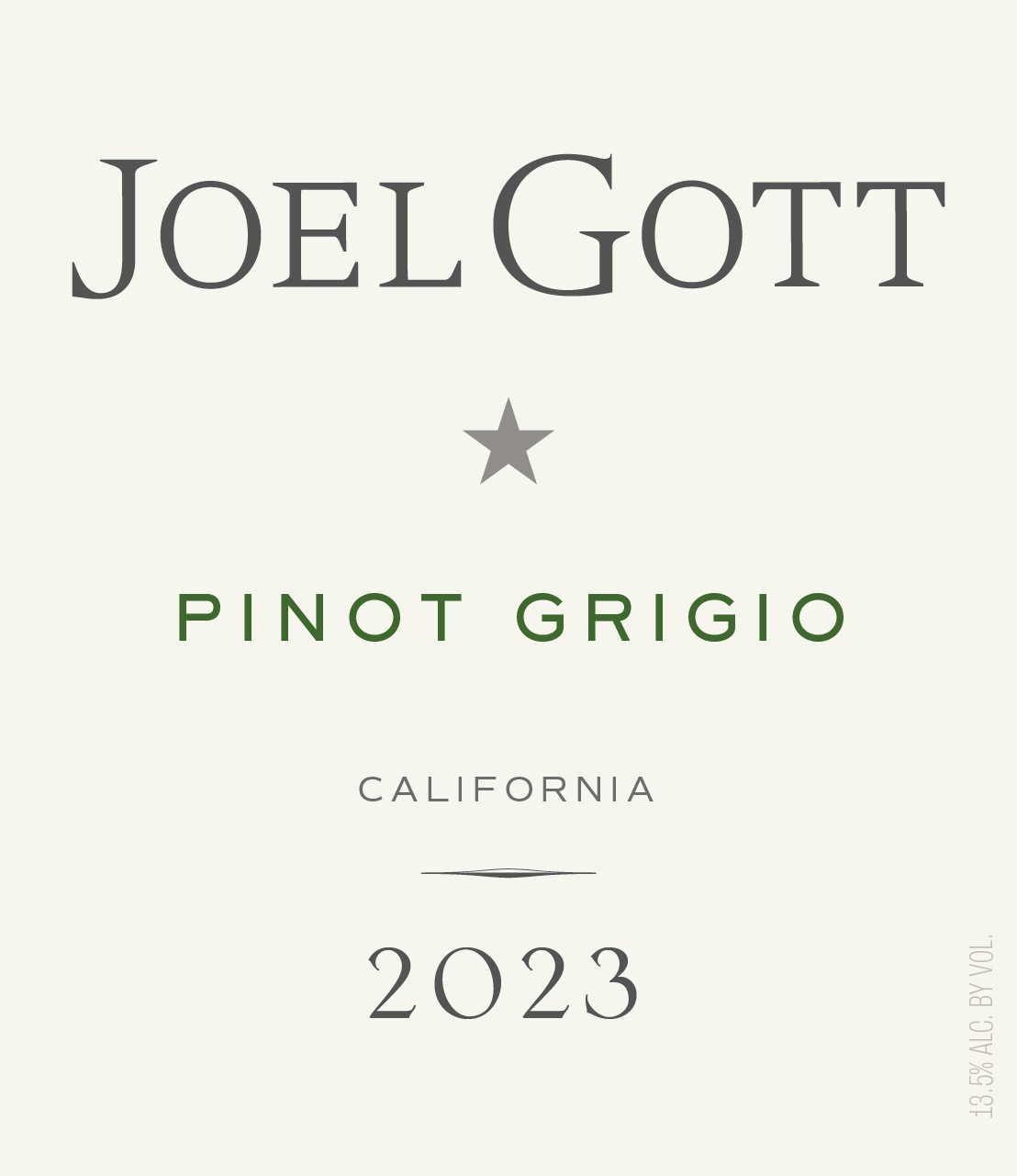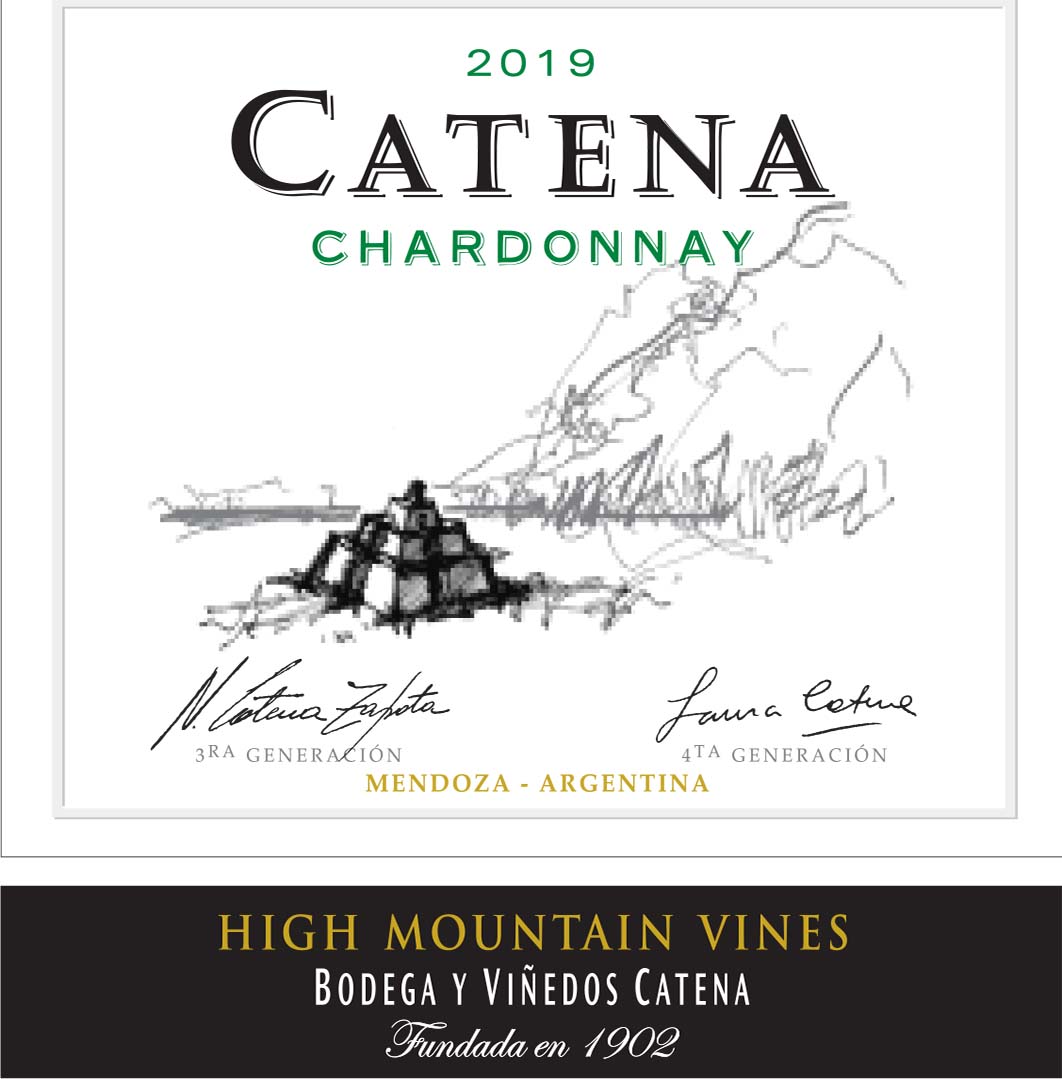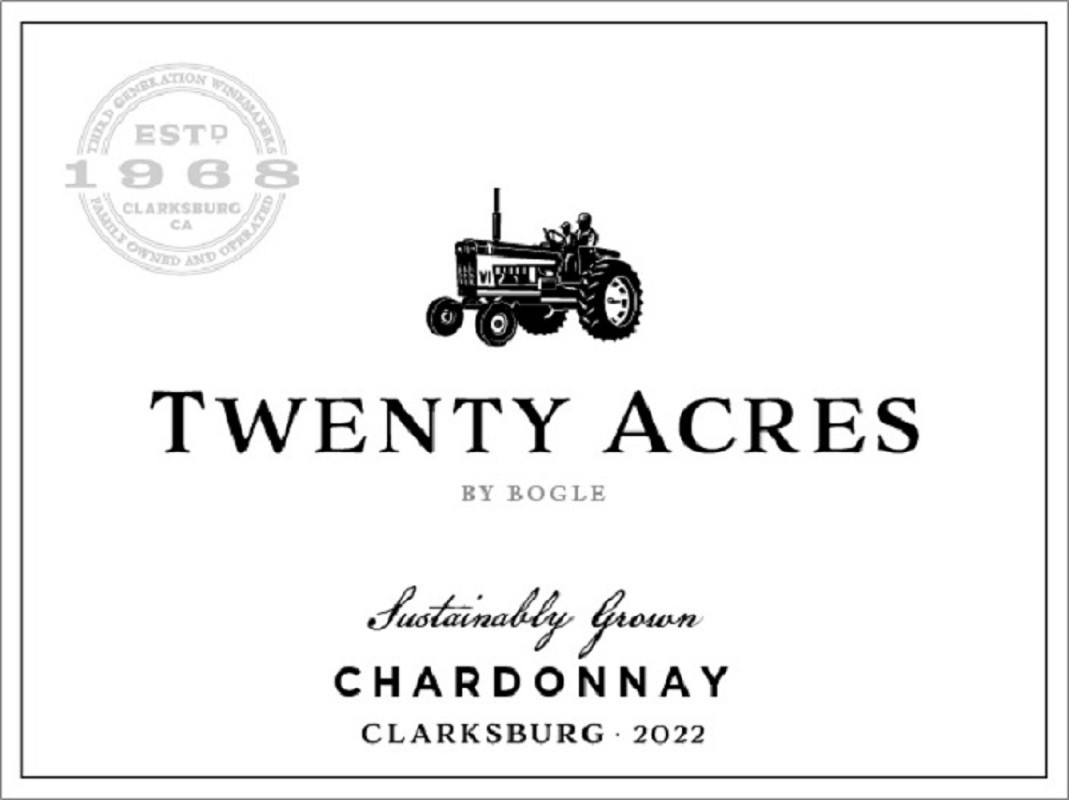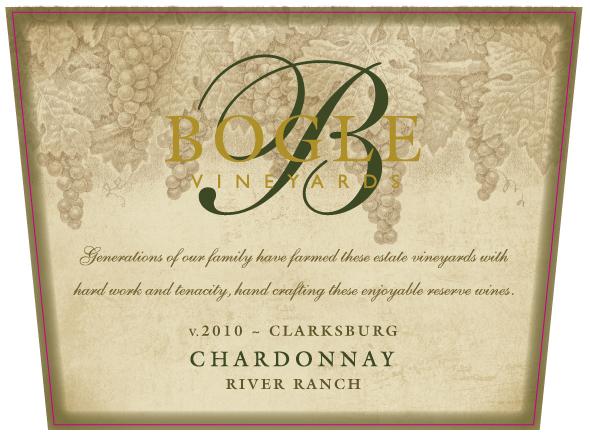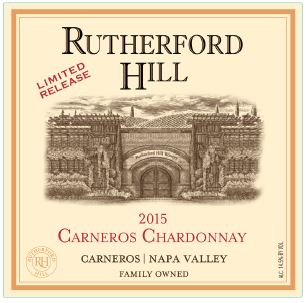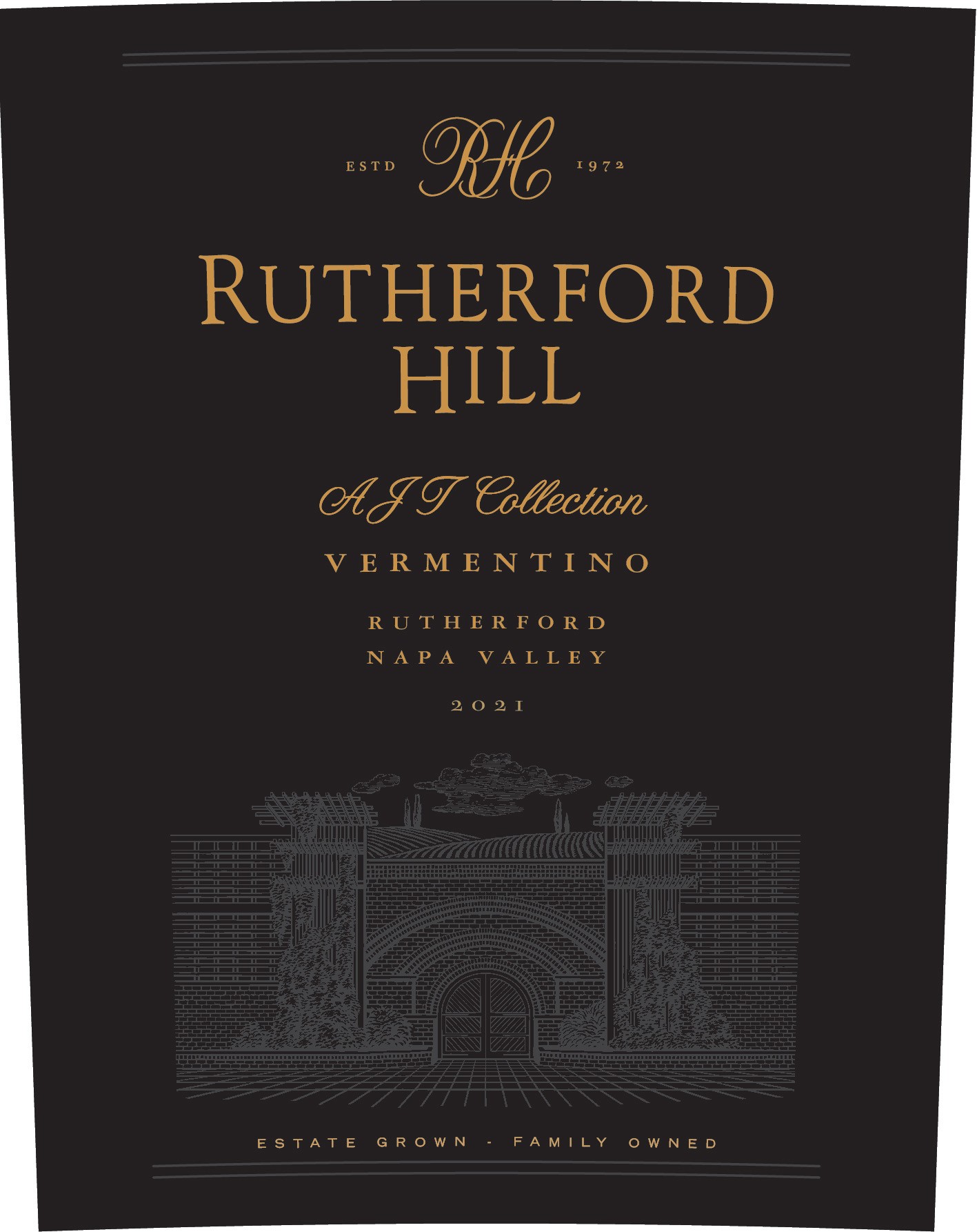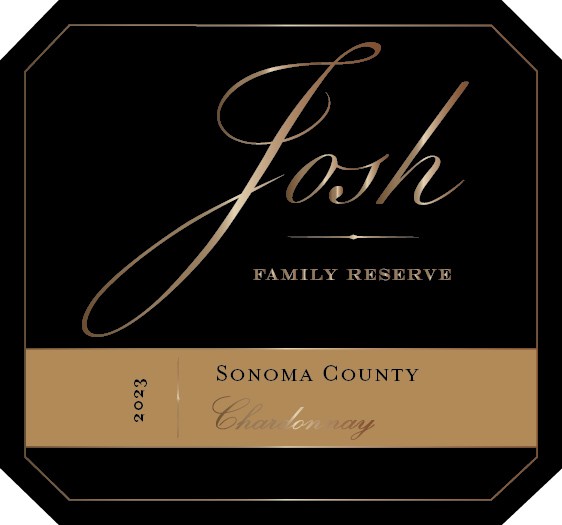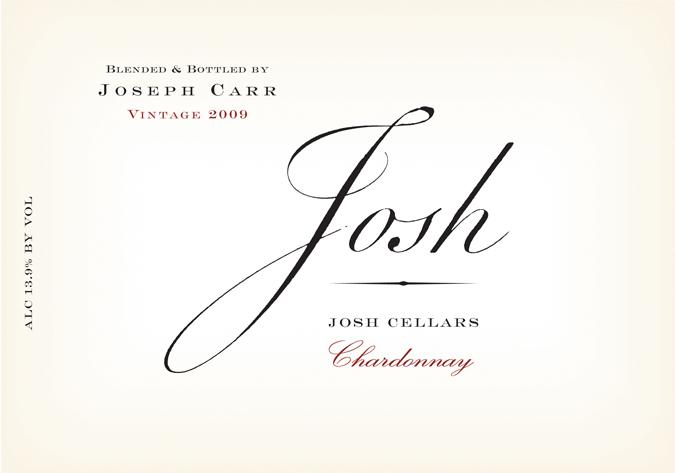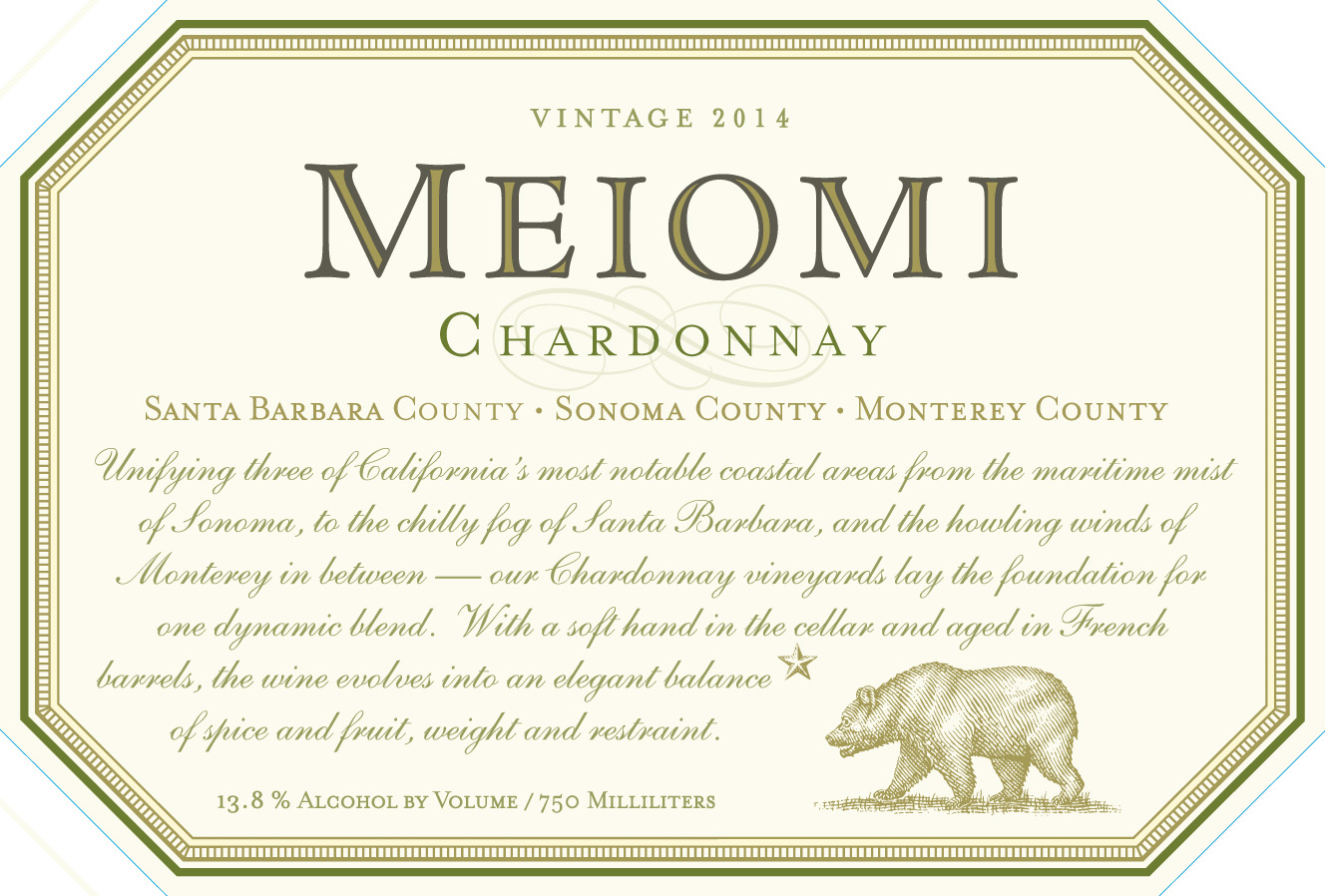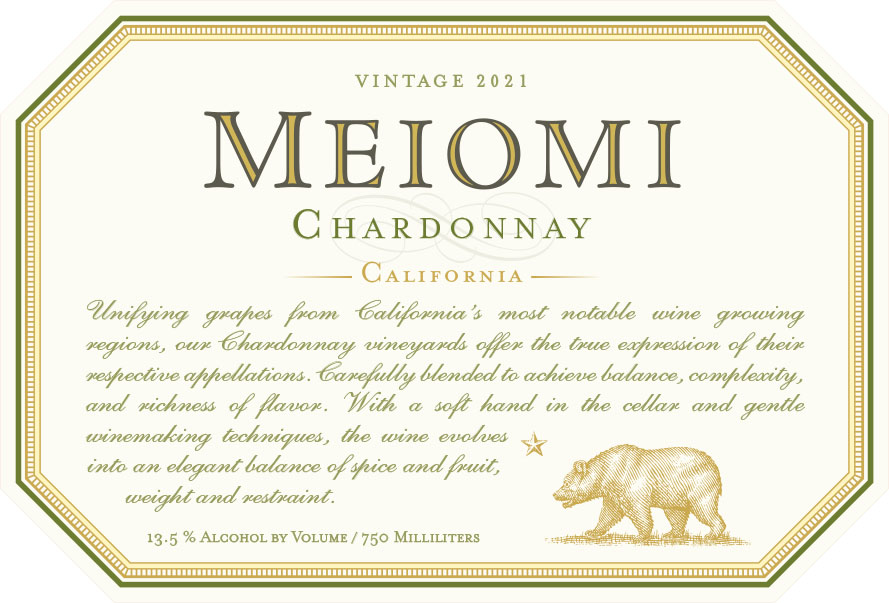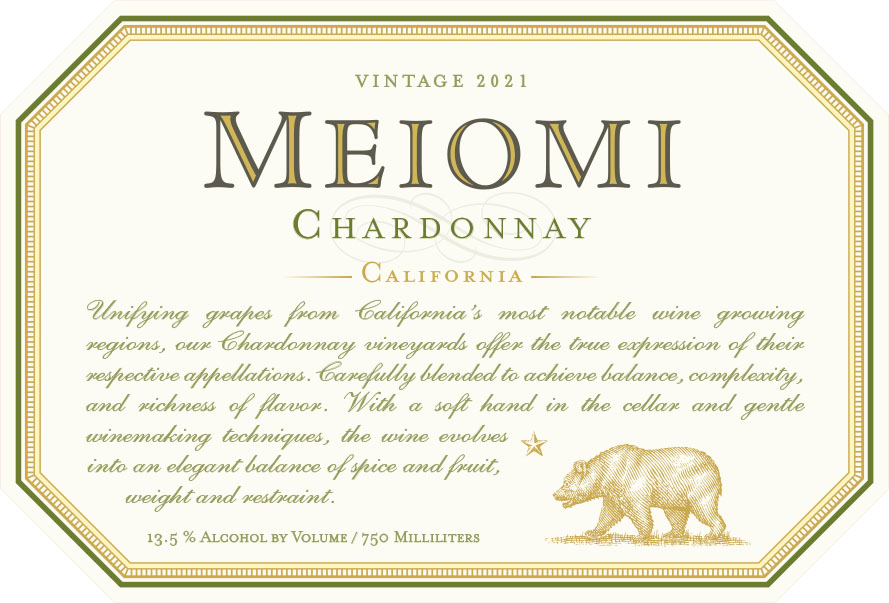Terroir of Châteauneuf-du-Pape
The vineyards of Comtat Venaissin sit on a rocky plateau, 100 to 200 meters above the Rhône plain, surrounded by gentle hills and ancient terraces. Large quartzite pebbles, known as galets roulés, cover many areas, absorbing and releasing heat to help ripen grapes. These stones also protect the soil and conserve moisture. The soil varies from sand and gravel to red sandstone and clay-limestone, creating diverse wine profiles even from nearby plots.
The Mediterranean climate features hot, dry summers and mild, wetter winters, with most rain in spring and autumn. The mistral wind, especially in winter and spring, keeps vineyards dry and disease-free. Summer temperatures can exceed 35 °C, challenging acidity retention. To maintain balance, grapes are often picked in the cool mornings. The stony soils and sunlight give the wines their concentrated flavors and strong structure.
Notable Wineries in Châteauneuf-du-Pape
Châteauneuf-du-Pape, a jewel of the Southern Rhône, is home to many distinguished wineries, each offering unique expressions of this storied terroir. Here are a few notable examples:
-
Château de Beaucastel: Owned by the Perrin family, this estate shines with its organic and biodynamic practices, producing the renowned Hommage à Jacques Perrin.
-
Château Rayas: The Reynaud family's estate is famous for its delicate 100% Grenache Réserve, crafted from sandy soils.
-
Domaine du Vieux Télégraphe: Located on La Crau plateau, it offers the flagship La Crau red and a respected white.
-
Clos des Papes: Known for its age-worthy reds and whites from rocky soils, this Avril family domaine is a classic icon.
-
Domaine du Pegau: This traditional winery excels with its acclaimed Cuvée da Capo, using natural fermentation processes.
Sustainable Winemaking in Châteauneuf-du-Pape
Châteauneuf-du-Pape is embracing sustainability with vigor. Many vineyards are turning to organic and biodynamic farming, reflecting a broader commitment to environmental stewardship. Local grower groups frequently host workshops focusing on ecology and climate resilience. Given the region's stony soils and limited irrigation rules, farmers are adopting drought-friendly tactics and using cover crops to enhance soil health. Sheep are sometimes used to naturally manage vineyard vegetation, reducing the need for mowing and chemicals.
Energy and water efficiency are priorities, with some estates investing in solar panels and water recycling systems. Certifications like HVE and Terra Vitis are gaining traction, underscoring the region's commitment to reducing chemical use and boosting biodiversity. Despite the challenges posed by the hot, rocky environment, Châteauneuf-du-Pape is dedicated to sustainable practices, ensuring its wines remain both high-quality and environmentally conscious.
Wine Tourism in Châteauneuf-du-Pape
Châteauneuf-du-Pape offers a unique wine tourism experience, blending history with viticulture. Visitors can explore the ruins of a 14th-century papal castle and enjoy tastings at renowned estates like Château de la Nerthe and Domaine du Pegau. These tours often feature scenic courtyards and food pairings, enhancing the experience.
Most travelers arrive by car or join tours from nearby cities like Avignon. Cycling through quiet vineyard roads is another attractive option, connecting travelers to nearby regions such as Gigondas. The landscape, characterized by cypress trees and vineyards, offers stunning views of Mont Ventoux.
The region's focus on sustainability is evident, with many wineries adopting organic practices. Seasonal wine events and harvest festivals provide additional attractions, making Châteauneuf-du-Pape a charming destination for those interested in the intersection of wine and culture.



